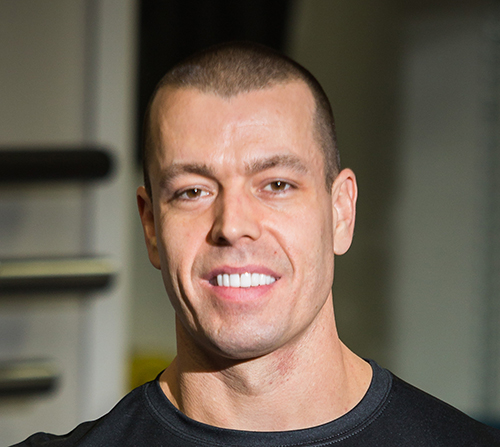By Aaron Gilbert
What is warming up?
Warming up prepares the body for more intense movement and activity. It literally “warms up” the body by increasing core temperature.
A proper warm-up consists of movements that:
- Move joints through their full ranges of motion
- Enhance mobility
- Release connective tissue bonds
- Distribute fluid in the joint space
- Boost speed/force of muscle contractions
- Promote oxygen uptake
Why warming up is important
While age-related body changes and water loss can contribute to inflexibility, most of it comes down to “use it or lose it.” A proper warm-up helps counteract negative effects of aging while enhancing performance. Not warming up can lead to poor mobility/flexibility, injuries and stiffness.
Warm-up Types
Movements used during a warm-up might include:
- Movements intended to get the core temperature up and the whole body moving (e.g. brisk walking or light jogging while swinging the arms)
- Dynamic movements such as stretching while moving (e.g. walking lunges for hip flexibility, or tipping your head side to side for neck mobility)
- Foam rolling should be included before the dynamic movements as part of a warm-up since it helps with mobility and breaks down scar tissue/adhesions. This relaxes the fascia and makes muscle more pliable.
Flexibility, mobility and injury
Some consider the warm-up a time to build flexibility and mobility. Flexibility is the capacity of a joint to move freely through a full range of motion. Mobility is our ability to produce a desired movement. Both are based on the elasticity of muscle, ligaments and connective tissues, but while poor mobility is correlated with injury, poor flexibility is not necessarily.
We want some areas to be more mobile but other areas to be more stable and strong. For most folks, this means it’s important to mobilize:
- Front of shoulders
- Ankles
- Front of hips and IT band
- Hamstrings
- Thoracic spine
Tightness in these areas can contribute to tears and impingements.
Nearly 70 percent of the population will suffer from a shoulder disorder at some point in their lifetime — largely due to the inherent instability of the joint combined with the modern “rounded back” posture that pulls the shoulders forward and hunches the upper back.
While minimal flexibility is related to injury, performing static stretching (exclusively) during a warm-up doesn’t seem to decrease injuries. And too much stretching and flexibility may even increase the rate of injury. Many people, in fact, suffer injuries caused by excessive movement and flexibility in the:
- Shoulder joint
- Knees (especially women)
- Cervical and lumbar spines
Summary and recommendations
Consider your warm-up period an essential part of the workout – not optional free time. It’ll make you stronger and improve your body control, balance, movement mechanics and agility.
Most benefits of a warm-up come from actually warming up the body, which can be accomplished by 4 to 15 minutes of dynamic movements. Find a warm-up that makes your body feel the best, and one that you can stick with.
This column appears in the June issue of InMaricopa.

















![Shred-A-Thon to take place tomorrow An image of shredded paper. [Pixabay]](https://www.inmaricopa.com/wp-content/uploads/2024/03/shredded-paper-168650_1280-100x70.jpg)
